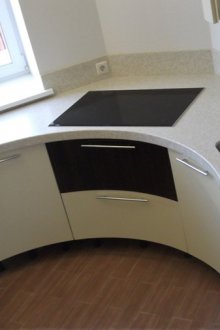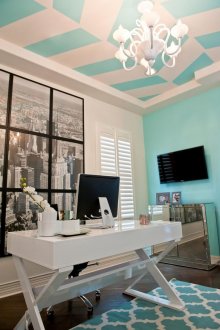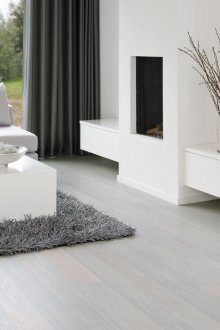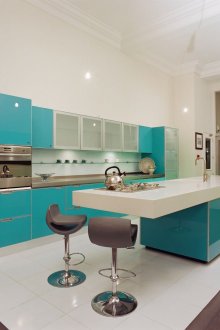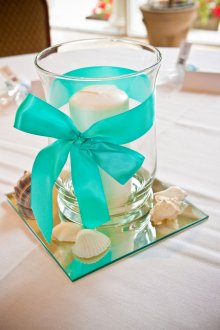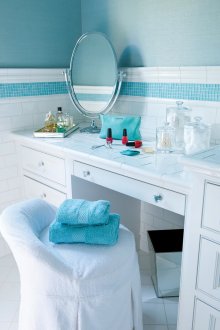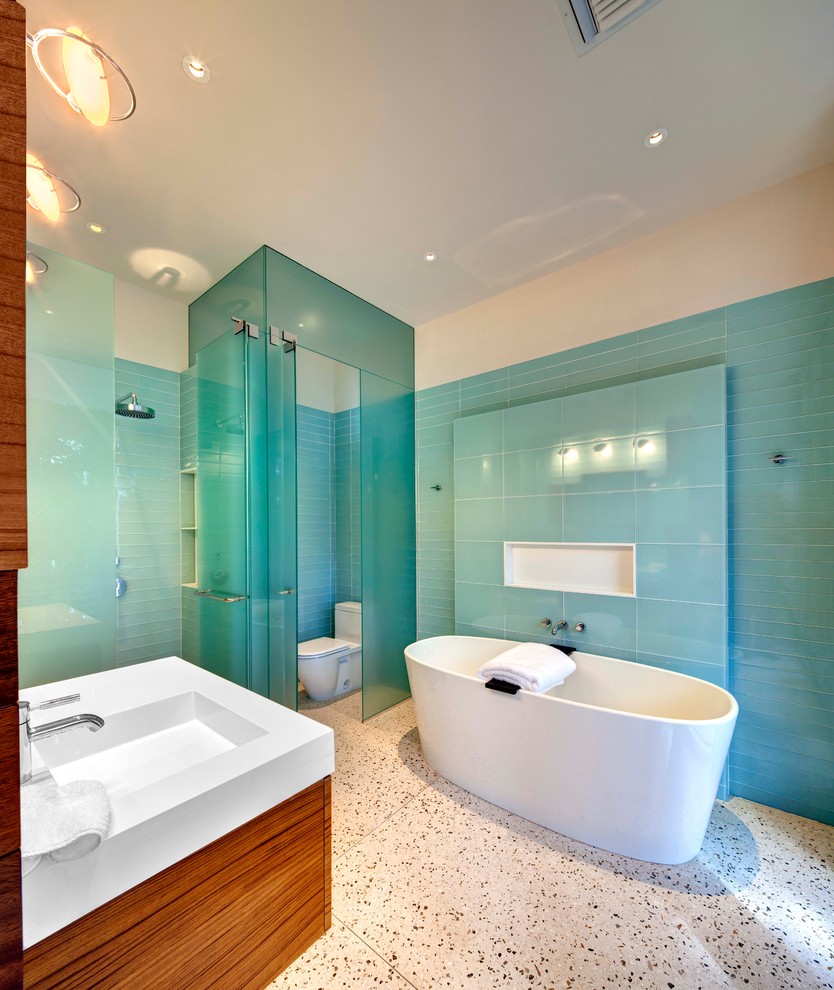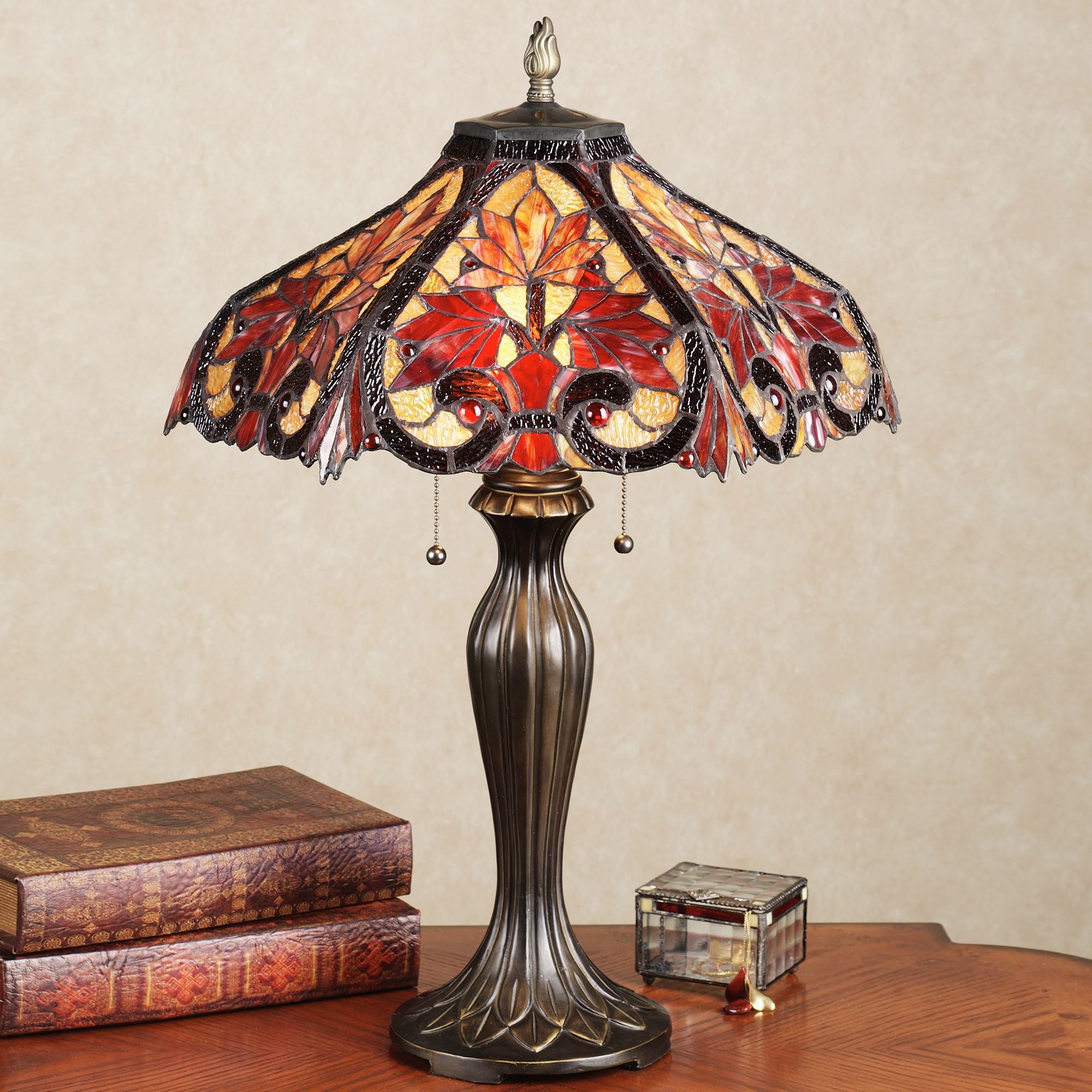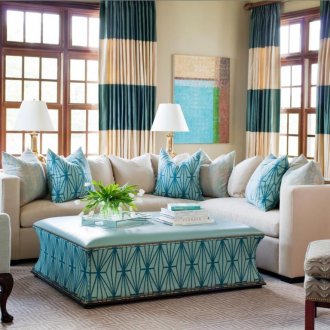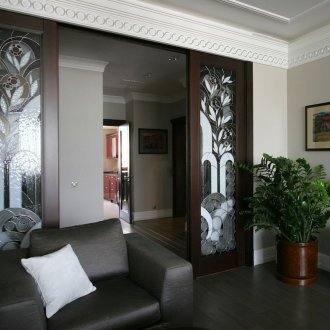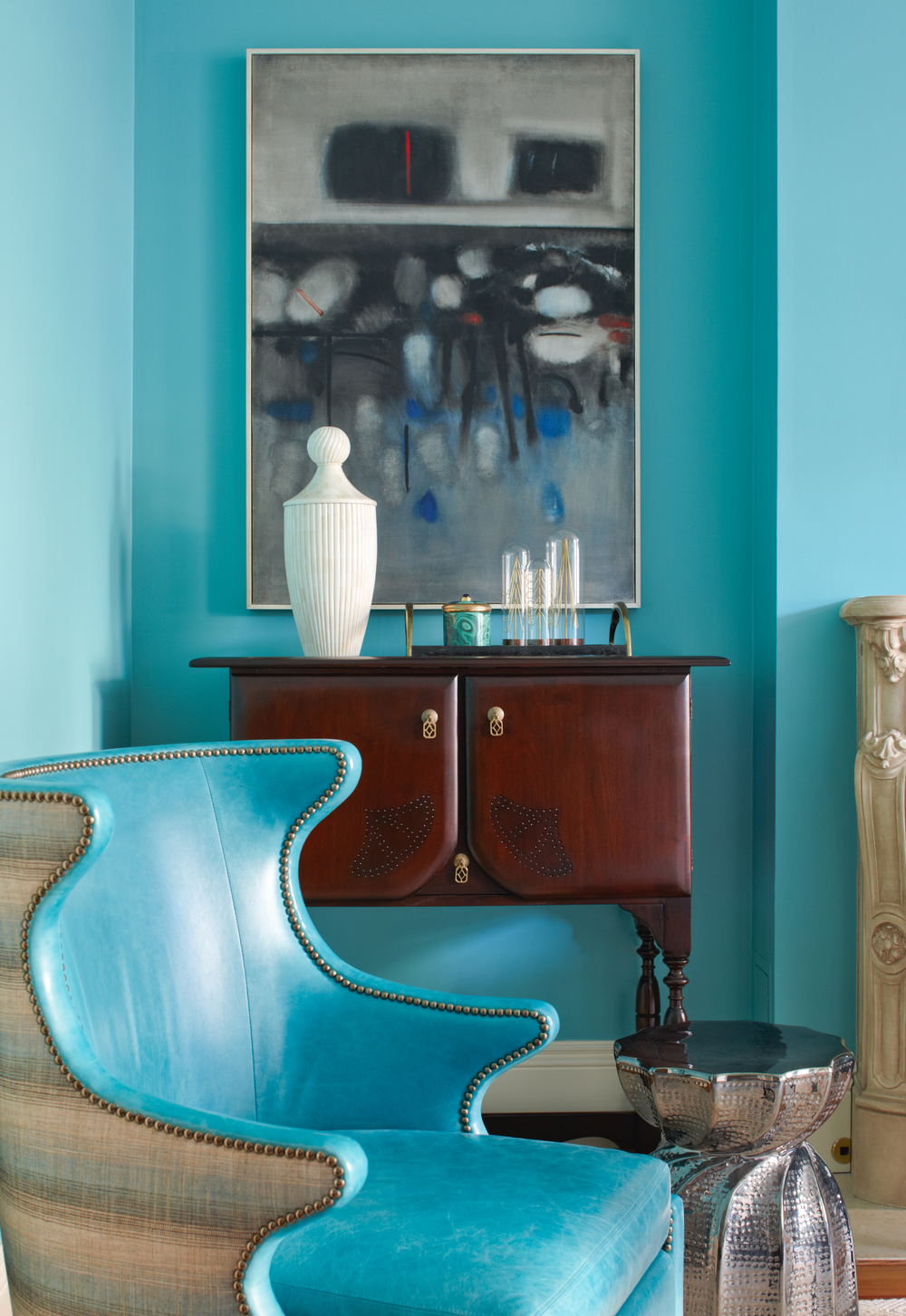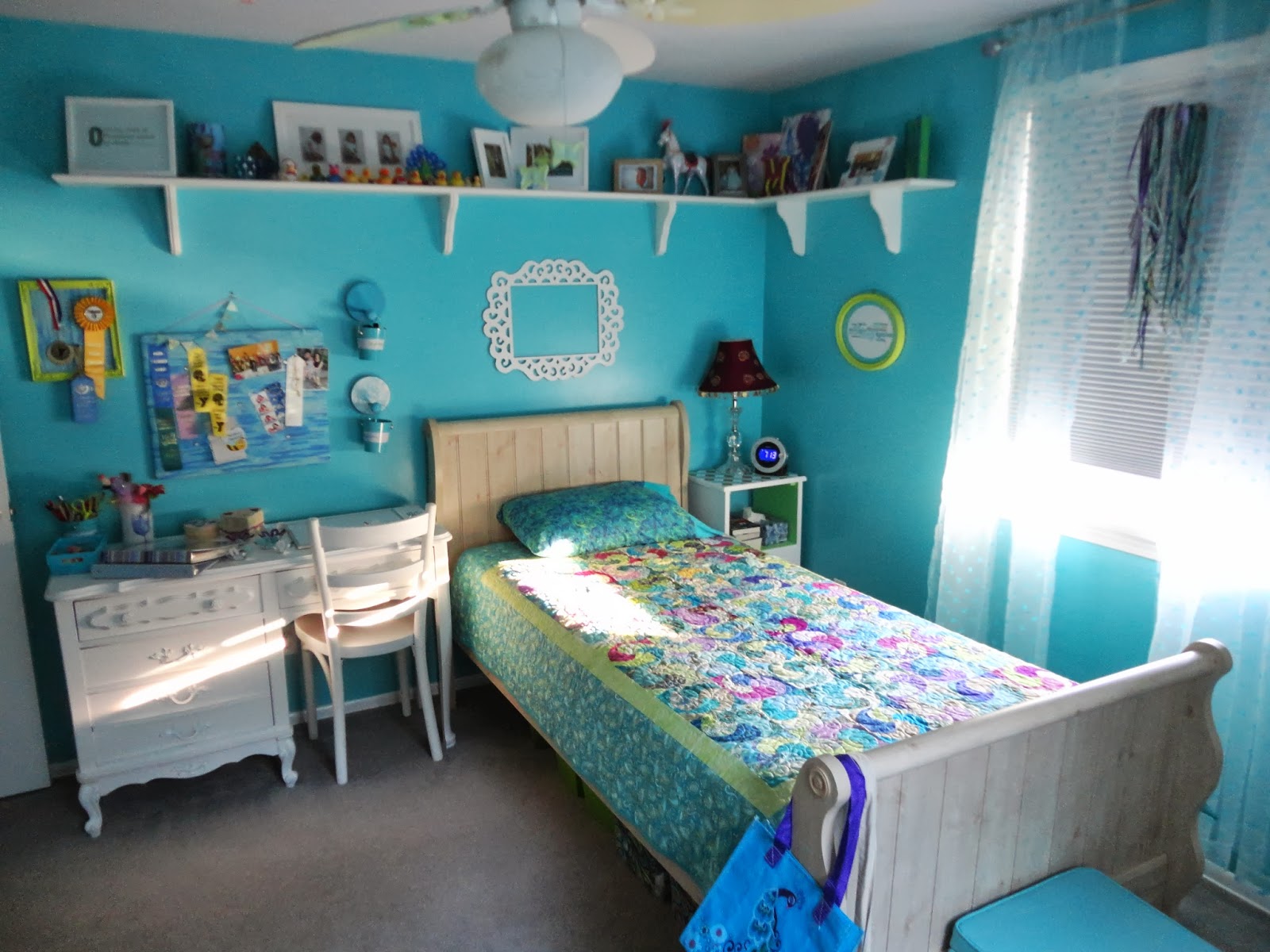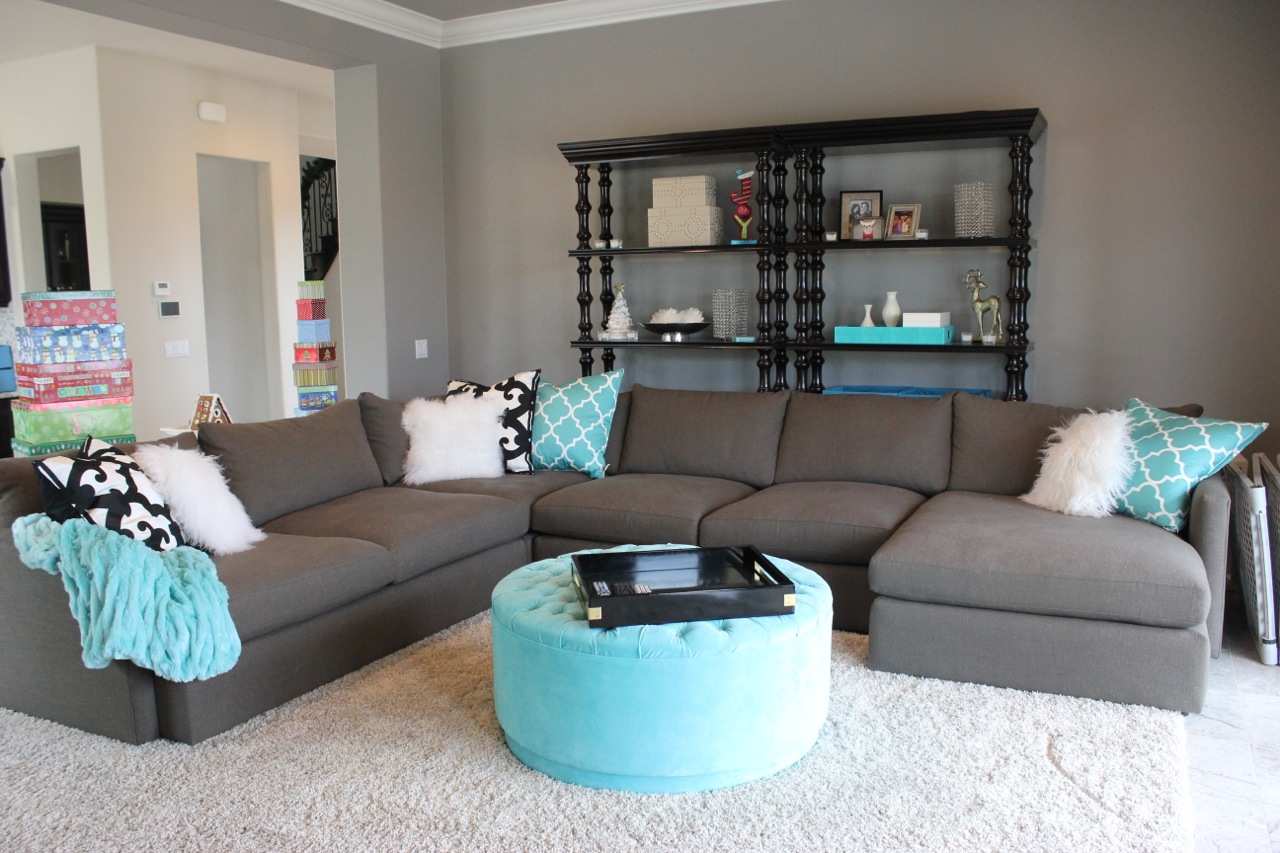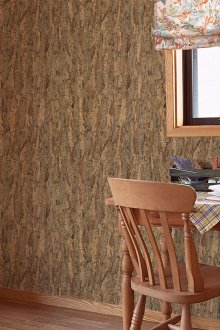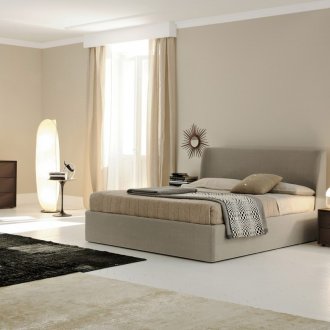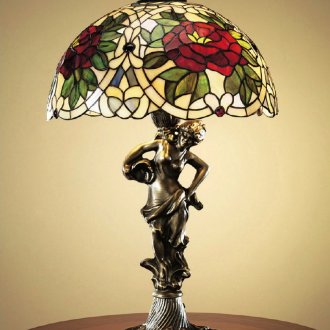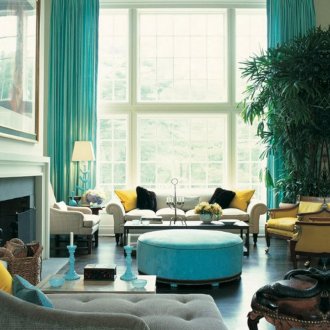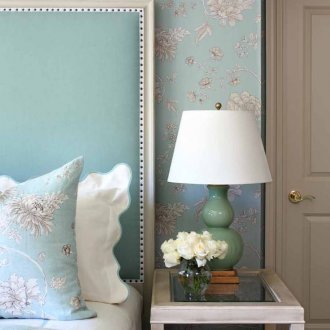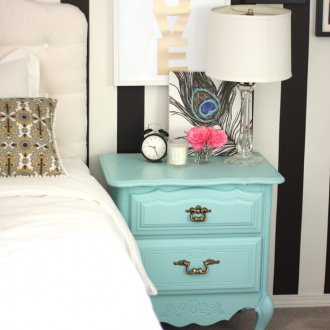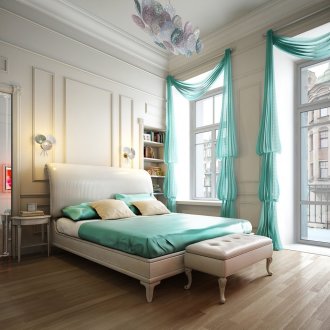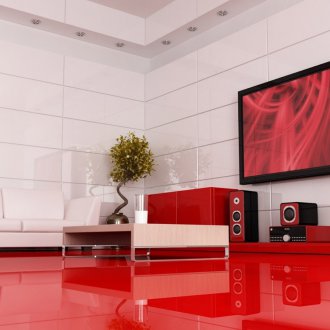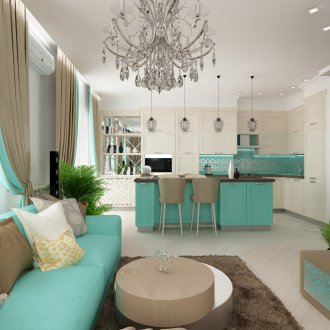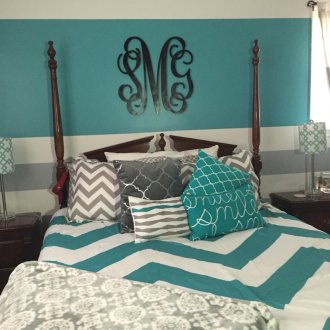The Tiffany style is the grace of high fashion (30 photos)
Content
Even those who are far from jewelry and the world of high fashion, the name “Tiffany” is associated with luxury, grace and sophistication. The reason for this was the American popular film of the early 60s of the last century “Breakfast at Tiffany's” with the incomparable Audrey Hepburn in the title role.
Her heroine's ideas about happiness, wealth, a comfortable and prosperous life were inextricably linked with the Tiffany & Co. jewelry store - A multinational company that specializes in the sale of expensive jewelry and luxury goods.
Company branded stores, positioning itself as the standard of style, taste and quality, are now open in many countries. They sell exquisite jewelry made of gold and precious stones, luxury perfumes, luxury stationery, sophisticated accessories, watches, crystal, porcelain, chandeliers and exclusive leather goods.
The son of one of the founders of this jewelry empire, Louis Comfort Tiffany is known throughout the world as the author of the revolutionary technique for creating stained-glass windows, which we today call "Tiffany stained-glass windows." It was by his surname that the style of the interior, which will be discussed, was named.
Tiffany style story
Louis Comfort Tiffany, who grew up in luxury and surrounded by exquisite things since childhood, decided to devote his life to art. He was an artist and interior and glass designer. His stained-glass windows of extraordinary beauty, chandeliers and lampshades made of stained glass, created in his own technique, brought him international recognition.
The artist performed many works that have become popular throughout the world. And to this day, these products are considered the height of sophistication and sophistication, and Art Nouveau - the style in which the designer created his works - began to be called the Tiffany style.
Louis Comfort Tiffany was the first on the American continent to use graceful and elegant elements of Art Nouveau style in interior design. At the same time, in Europe, this style, which replaced the outdated areas, was already very popular. Thus, we can say that the Tiffany style in the interior is American Art Nouveau.
Tiffany Interior Style Features
Tiffany's style has acquired peculiar features that distinguish it from traditional European Art Nouveau. It is characterized by:
- a combination of simplicity and elegance;
- open space and open spaces;
- respectability and even stiffness;
- functionality and comfort;
- lack of decorative excesses;
- use of the latest technology;
- application of applied art;
- Warm pastel colors combined with bright accents.
Created at the end of the 19th century, the interior style of Tiffany was fresh, modern, and at the same time expensive and individual. The designer came up with many new interior solutions: bright furniture, innovative color combinations and unusual wallpaper colors. Tiffany widely used stained-glass windows, chandeliers and floor lamps in the interiors.
Nowadays, for the decoration of rooms in the Tiffany style, combinations of innovative materials and modern furniture with vintage objects are used: watches, vases, paintings. If you combine these elements correctly, you can create a completely unique, exclusive interior. When decorating the premises, Tiffany style decor is widely used: stained-glass windows of saturated colors with the image of landscapes and natural motifs.In such an interior, exquisite designer and forged products look great. When choosing a setting, furniture with straight lines and corners should be avoided.
Integral attributes of such an interior are Tiffany-style lamps made of mosaic colored or frosted glass: bright chandeliers, floor lamps and lamps, which are the embodiment of luxury and impeccable taste.
It is recommended to use several light sources at the same time. When decorating the interior, preference is given to soft, bizarre, ornate lines, floral ornaments, natural patterns and patterns. Ideal for Tiffany's style are large mirrors, mosaics and decorative panels in mirror frames.
This style involves the use of smooth lines and spectacular compositions devoid of symmetry in the interior. This is its special charm.
The interiors of Tiffany use a complex, intricate design of arches and openings. Mandatory is the use of high-quality natural materials: textiles, wood, natural stone. For walls, paint or wallpaper is usually used, and wooden parquet or stone slabs are laid on the floors. Tiffany style colors are pastel colors.
Tiffany's color: turquoise in your interior
Those who are fond of fashion and design, no doubt, have often heard about the color called “Tiffany”. It is called a delicate, but at the same time intense turquoise hue. How did this name appear? Back to the history of the jewelry empire of Tiffany & Co. and one of its founders, Charles Lewis Tiffany, who called his son such an unusual, even by today's standards, name Comfort.
Back in the 19th century, the company’s stores began to use a very successful marketing move: Tiffany's exquisite jewelry was packed in boxes of turquoise-blue color, tied with white ribbons. Gradually, this catchy and noticeable shade acquired the name of the Tiffany jewelry house, became the brand's trademark and registered trademark.
In tiffany shades, grand weddings are arranged, collections of fashionable clothes are produced, and, of course, this color is used in the design of rooms.
The color of Tiffany in the interior evokes associations with the sea wave, freshness, and carefree relaxation. This shade will be appropriate in any room, whether it be a kitchen, living room or bedroom.
This color is effectively combined with white, cream and sand, which are often used as background shades. It is enough to include several small Tiffany-colored elements in the interior to make the room transformed.
The peak of Art Nouveau, whose American direction is considered to be the Tiffany style, is the 1900th year of the World Exhibition in Paris. The new style showed itself in all its glory and for another 10 years marched triumphantly around the world, and dominated art. Gradually, the situation in the world became more complicated, and modernity became less and less popular. In the early 1920s, he lost ground to a new direction: an energetic, technical, and more modern Art Deco style.
The art of Louis Comfort Tiffany is the subject of careful study by art historians, his rich artistic heritage is carefully preserved in museums, and art collectors are ready to give fabulous sums for chandeliers and floor lamps of his work. The rooms, decorated by the artist, have not survived to this day, but Tiffany's style, striking the imagination, continues to be used by modern designers to create and design luxurious interiors.
